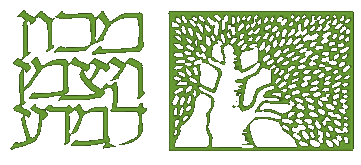Blind Dehazing Using Internal Patch Recurrence
(ICCP 2016)
Yuval Bahat,
Michal Irani
Foggy image  |
|
Our result  |
|
Underwater image 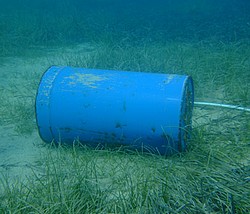 |
|
Our result 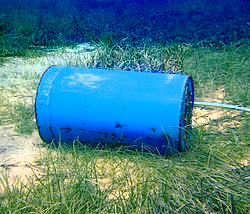 |
|
Hazy image 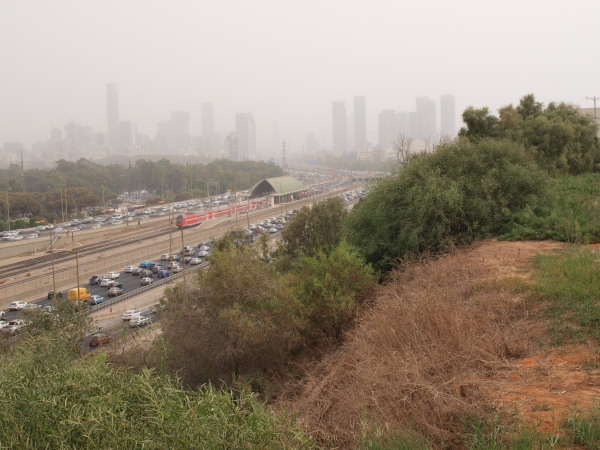 |
|
Our result 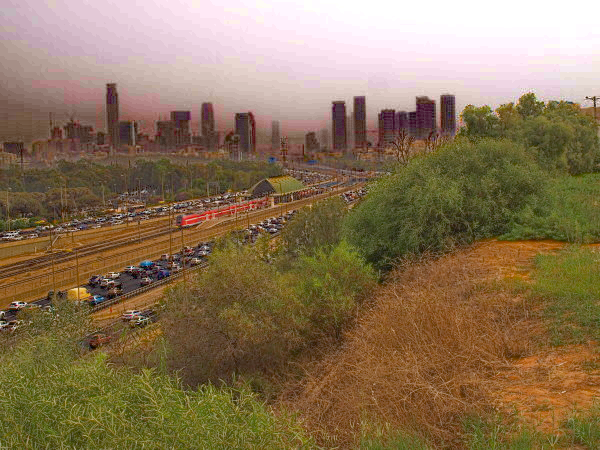 |
|
Abstract
Images of outdoor scenes are often degraded by haze, fog and other scattering phenomena. In this paper we show how such images can be dehazed using internal patch recurrence.
Small image patches tend to repeat abundantly inside a natural image, both within the same scale, as well as across different scales. This behavior has been used as a strong prior for image denoising, super-resolution, image completion and more. Nevertheless, this strong recurrence property significantly diminishes when the imaging conditions are not ideal, as is the case in images taken under bad weather conditions (haze, fog, underwater scattering, etc.). In this paper we show how we can exploit the deviations from the ideal patch recurrence for ``Blind Dehazing'' - namely, recovering the unknown haze parameters and reconstructing a haze-free image. We seek the haze parameters that, when used for dehazing the input image, will maximize the patch recurrence in the dehazed output image. More specifically, pairs of co-occurring patches at different depths (hence undergoing different degrees of haze) allow recovery of the airlight color, as well as the relative-transmission of each such pair of patches. This in turn leads to dense recovery of the scene structure, and to full image dehazing.
